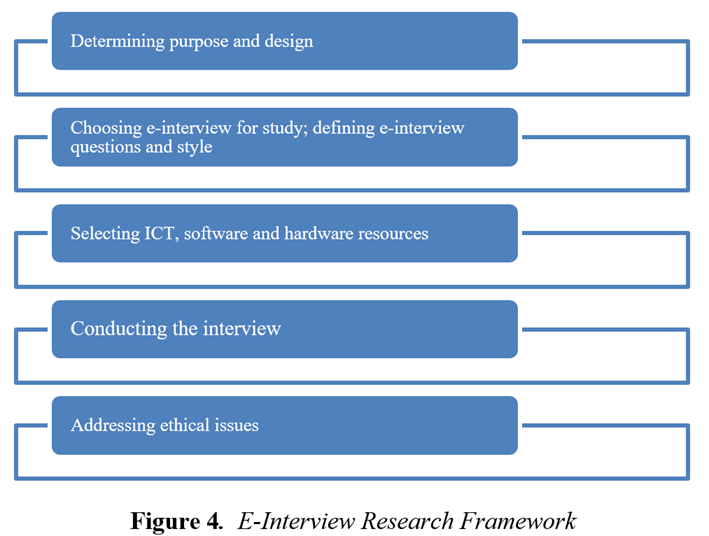Creating a relaxed atmosphere and establishing rapport: it has already been mentioned that a favourable atmosphere is one of the preconditions for the successful implementation of interviews. In addition to the atmosphere, attention should be paid to the interviewees’ attitudes towards the interview. Moreover, when it comes to some sensitive topics, anonimity should be promised, and the promise should be kept. It is necessary to explain that there are no good and bad answers, only sincere and insincere ones, and that the interview is not an exam. If the interviewee is in a hurry, we should show them that we respect their time. If the interviewer and interviewees have not met before, the former is obliged to introduce himself/herself, to be cordial, and start the conversation in a professional manner.
All the above-mentioned factors are extremely important for creating a relaxed atmosphere and establishing the first contact. However, the success of an interview depends very much on the interviewer’s personality, as well as on their gender, age, social status, but also on how familiar they are with the subject matter, how interested in the conversation with the interviewees they are, as well as on their approach, tone of voice, clothes, etc. (Mužić, 1977, p. 255).
Carrying out the interview: the way in which an interview is carried out depends on the type of the interview and the topic of the conversation. It is important to keep the pace, not to stray from the topic, not to enter into a discussion with the interviewee, except when it is necessary to provoke them to express their opnion more accurately. The interviewers should not express their opinion because it may affect the interviewees’ answers, thus affecting the results.
As for the topics, they can be more or less complex. With less complex topics, there are rarely problems in conversation. The only problem may be extremely short answers or answers not relating to the question. With complex topics, the interviewer has to be skillful and experienced, showing in certain situations that they are well familiar with the topic, that they have knowledge on the subject matter, and understand it (Mužić, 1977, p. 256).
A good qualitative interview flows naturally, with the various parts connecting seamlessly, and is rich in detail. The interviewer is there primarily to listen, and let the interviewee dictate the pace without being rushed or interrupted, trying to be as neutral as possible. The questions should be asked in a straightforward, clear and non-threatening way, without any cues that would lead the interviewee in a particular direction, and the interviewer should give the message that he/she enjoys the interview. The end of the interview can be signalized by summarizing or recapping the main points, which will also allow the interviewee to correct anything that may have been misunderstood, and to make additional points.



